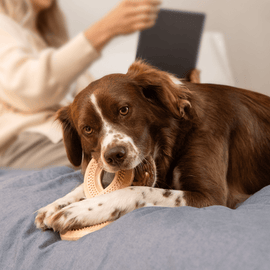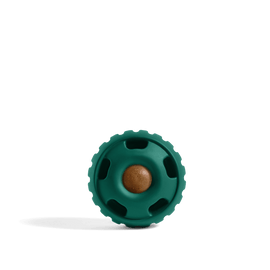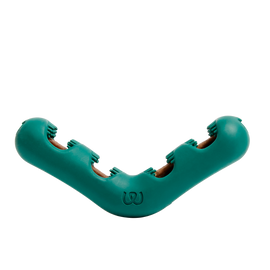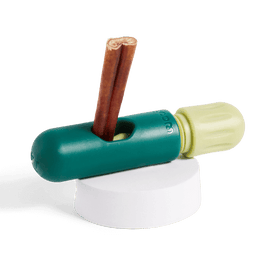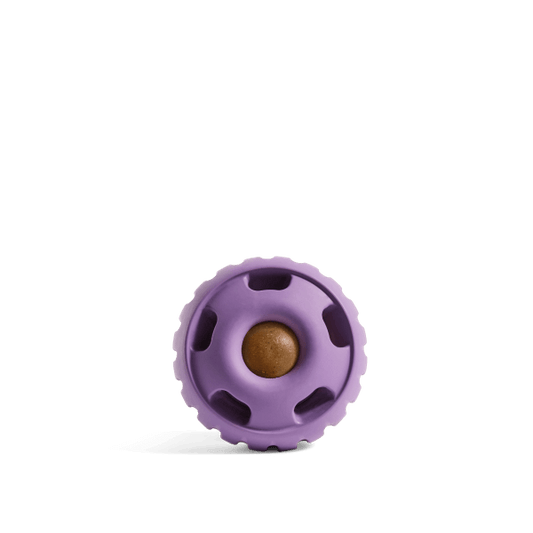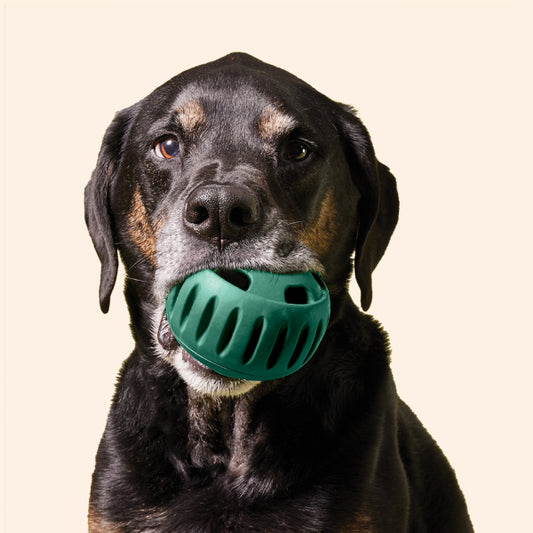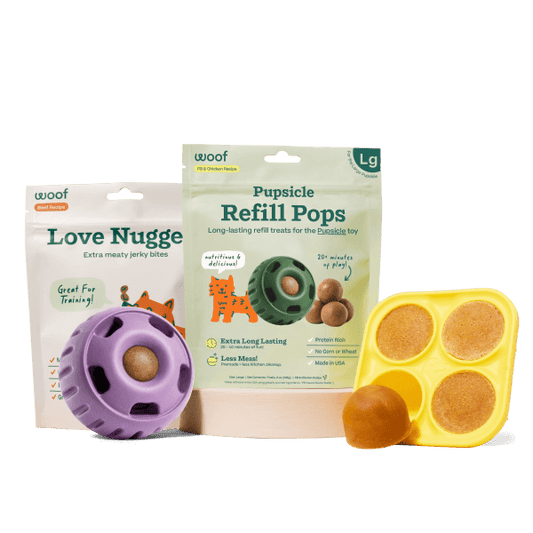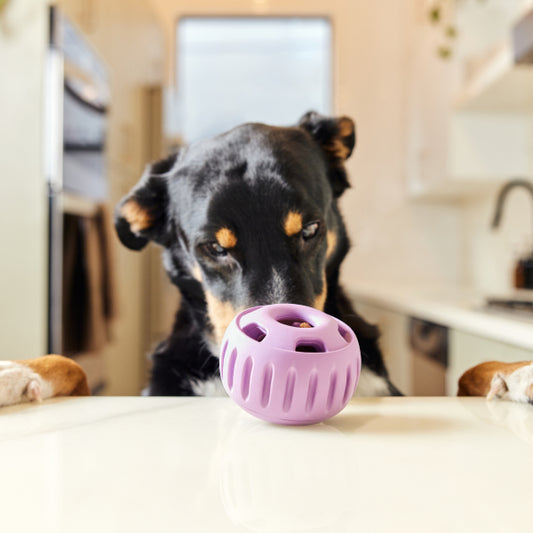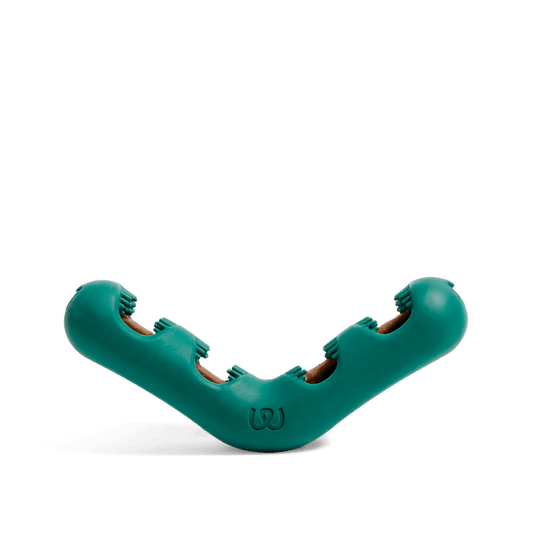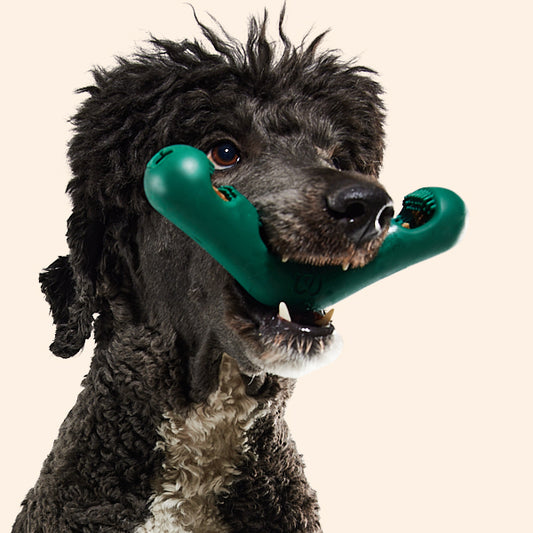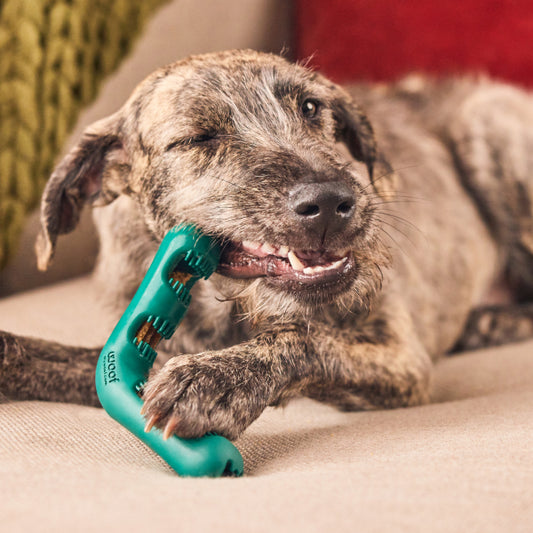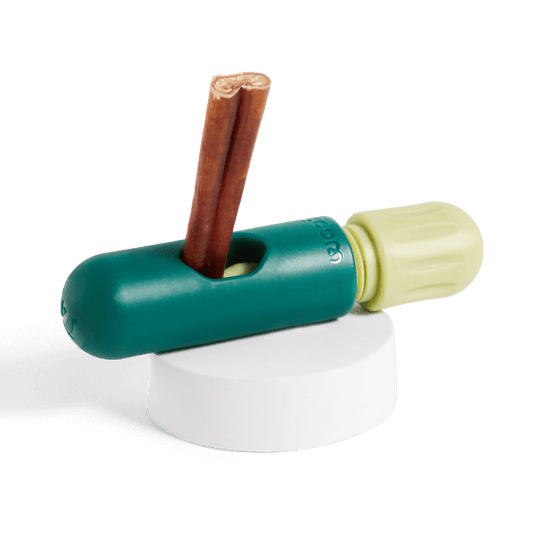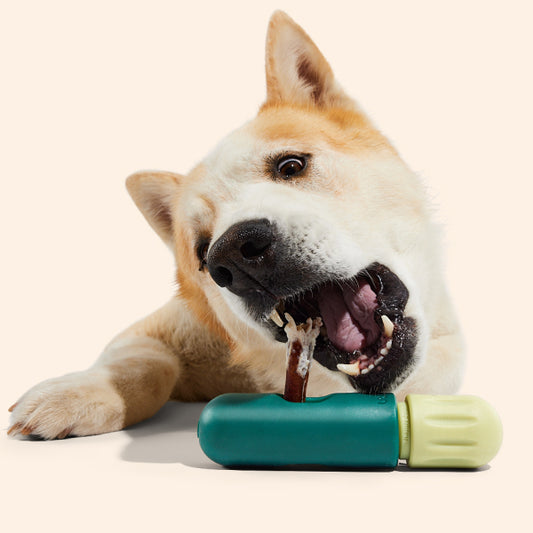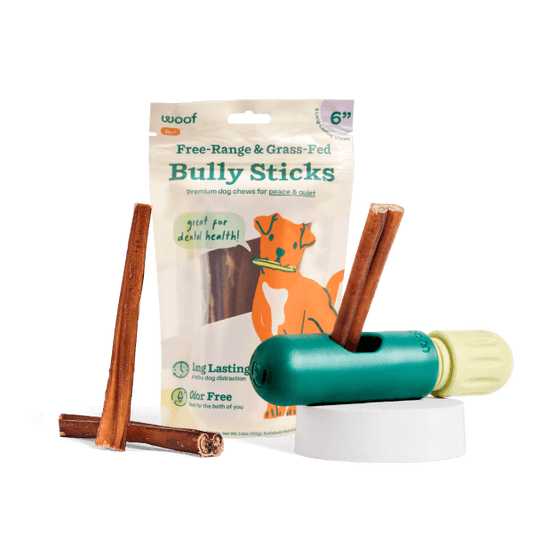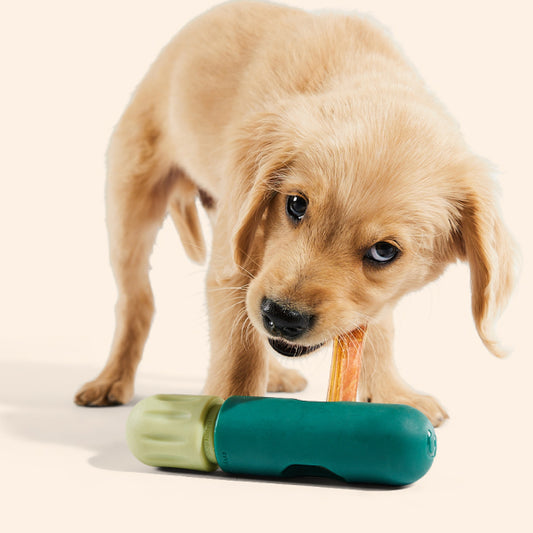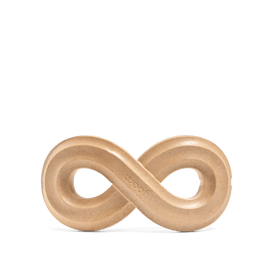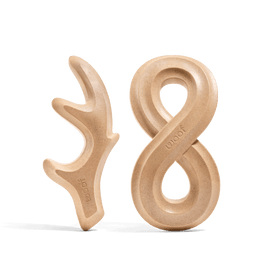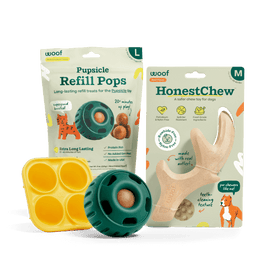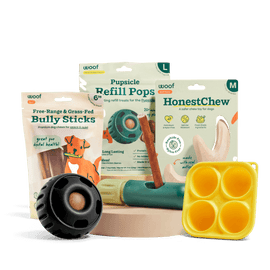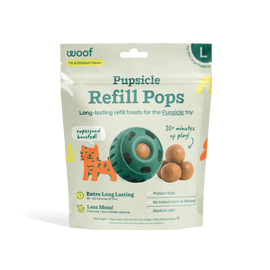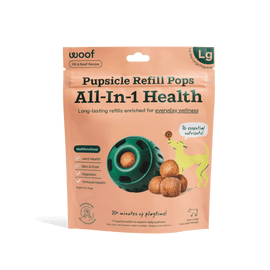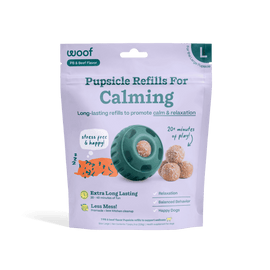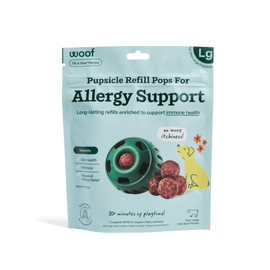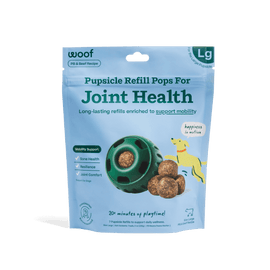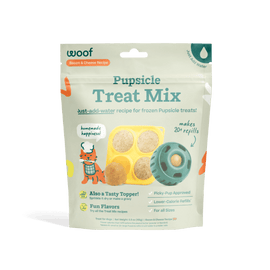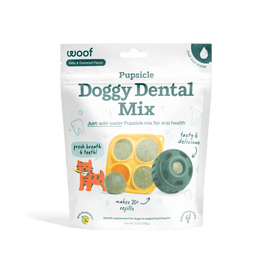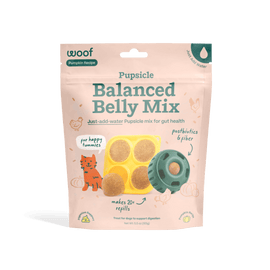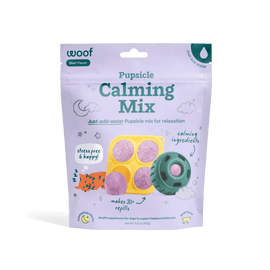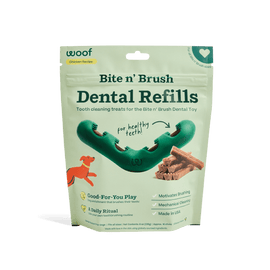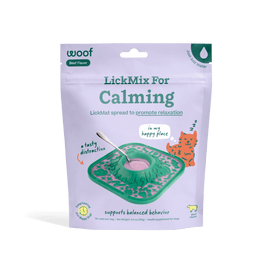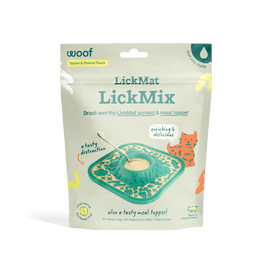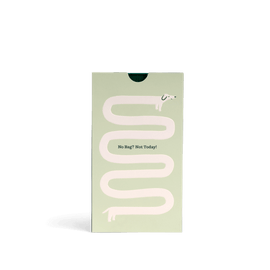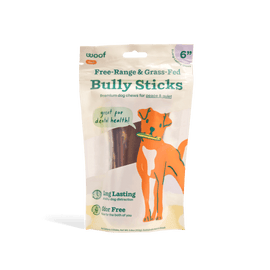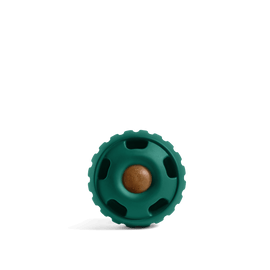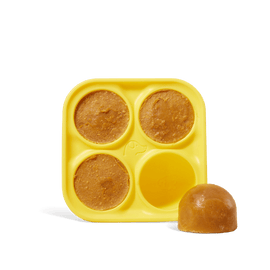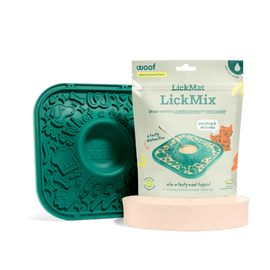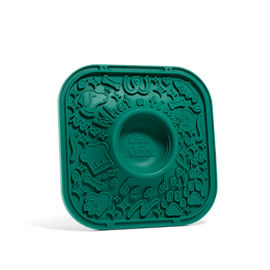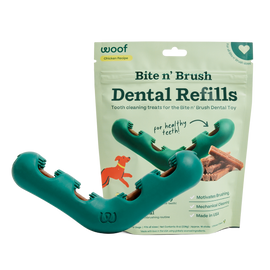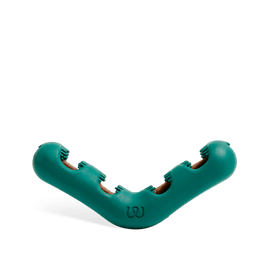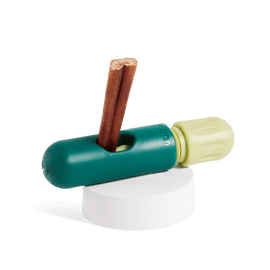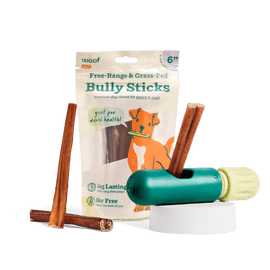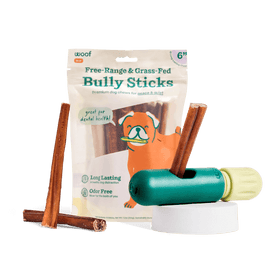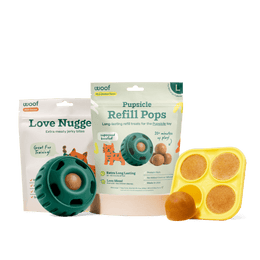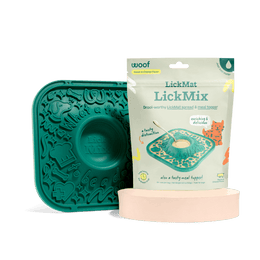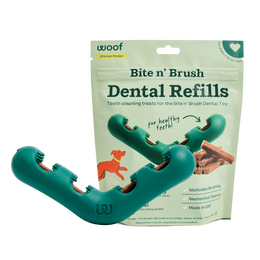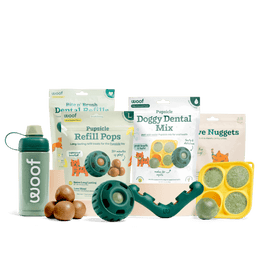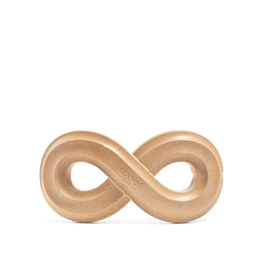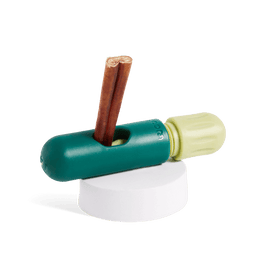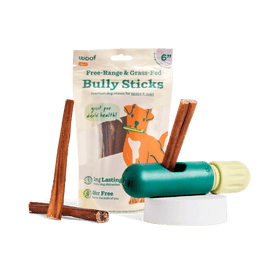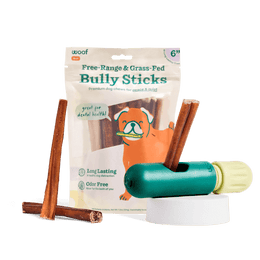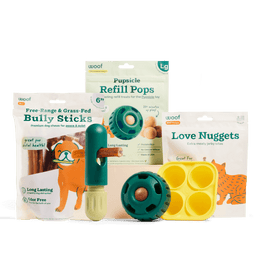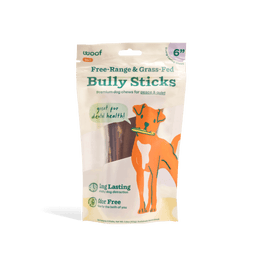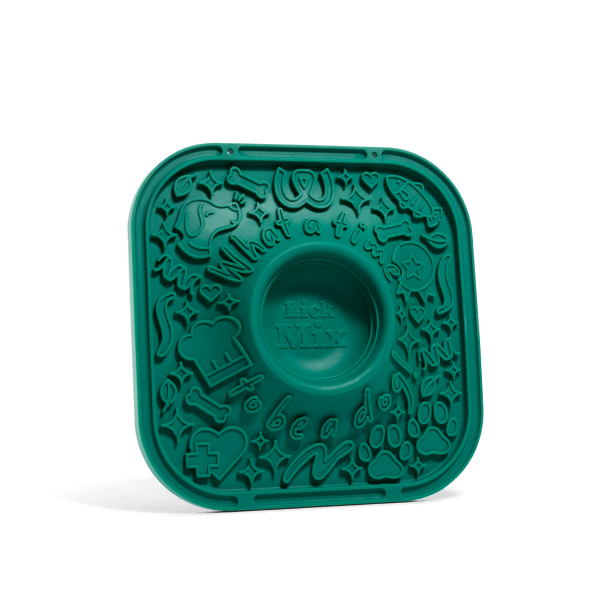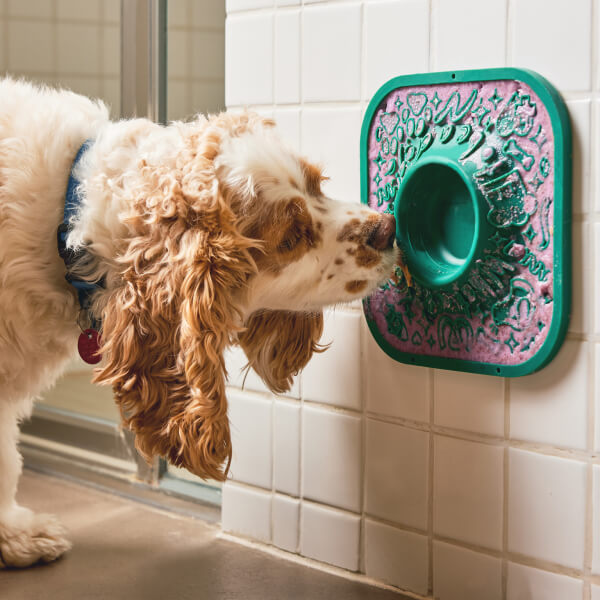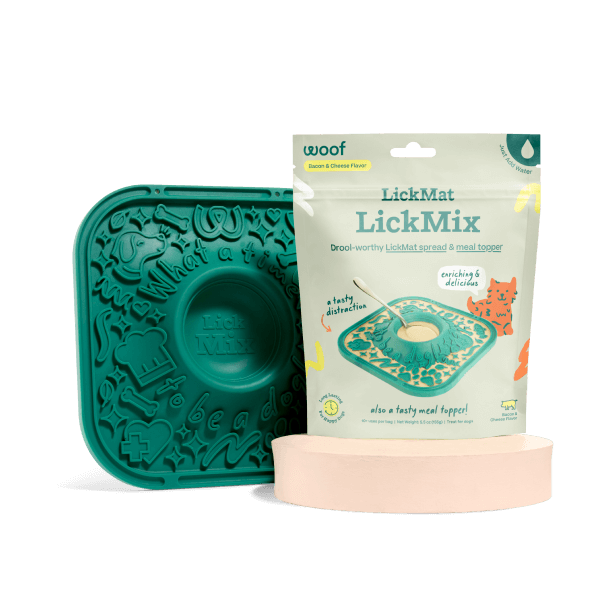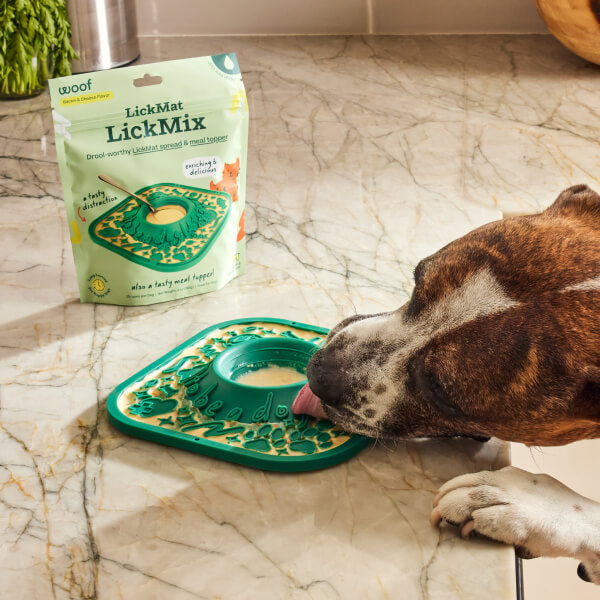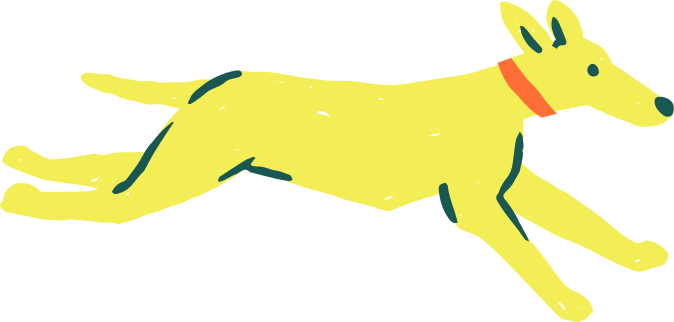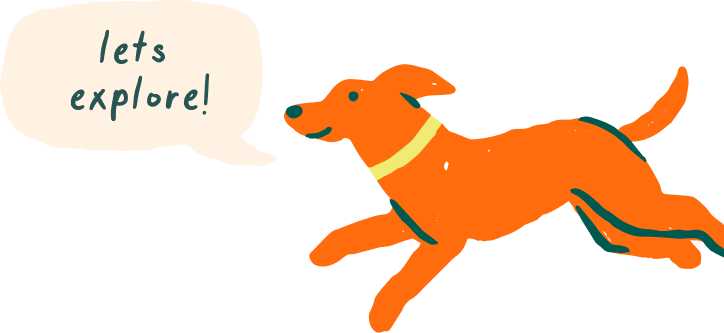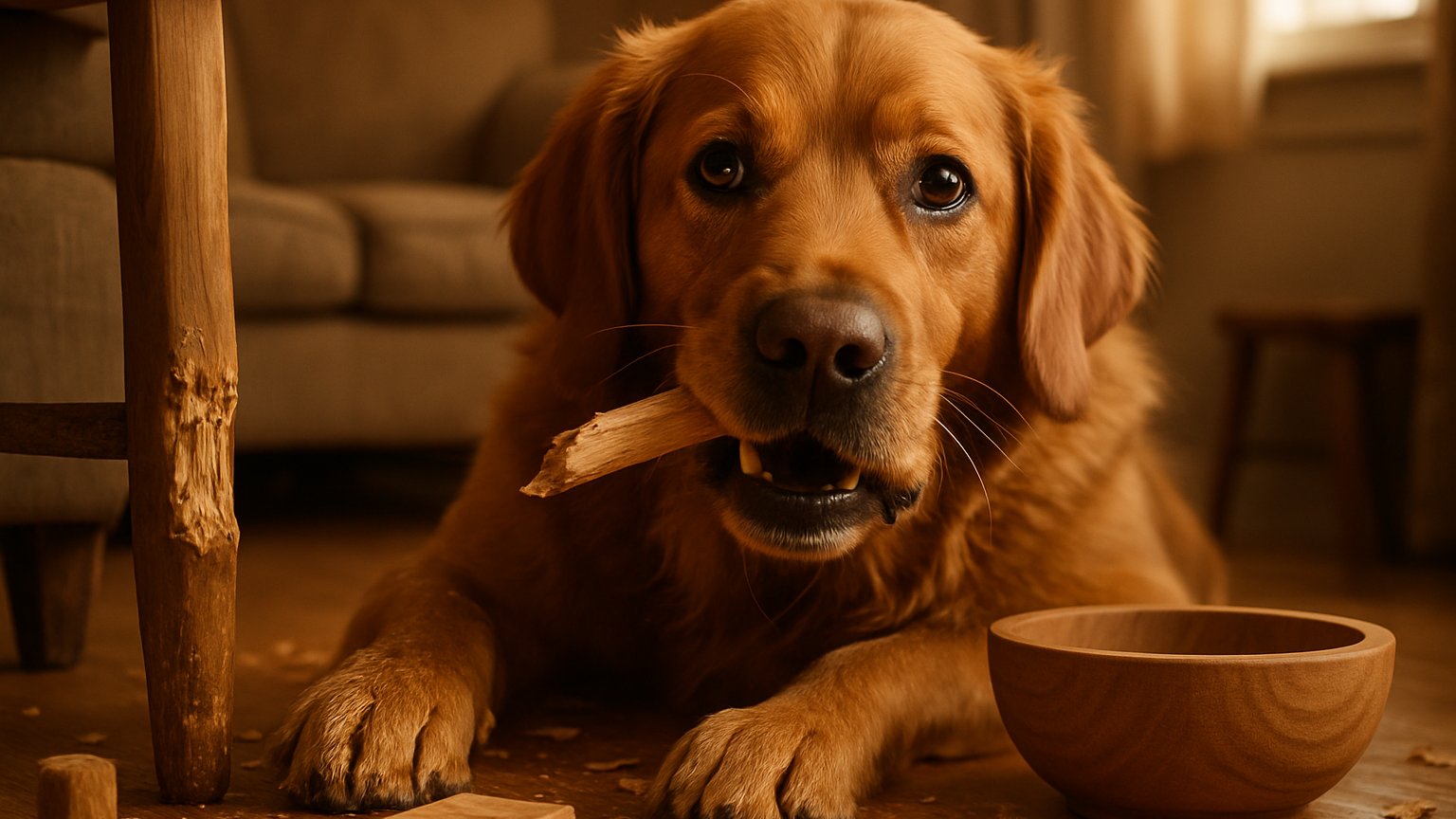
Have you ever walked into your living room to find a table leg looking like it’s been through a chewathon? Or caught your pup gnawing at fence boards when they should be relaxing? If so, you’re probably wondering: Why Does My Dog Chew on Wood? It’s a frustrating habit for many pet parents, but the good news is—there’s plenty you can do about it.
In this post, we’ll dive into the instinct behind chewing, the risks of wood chewing, and smart, friendly strategies to redirect your dog toward safe chew options. By the end, you’ll have a game plan to protect both your pup and your furniture.
Why Dogs Chew—It’s Not Just Mischief
Chewing is part of being a dog. It helps dogs relieve tension, explore their world with their mouths, and exercise their jaws. For puppies, especially, chewing is a way to soothe sore gums during teething—those juvenile teeth don’t fall out without some protest. Oftentimes, wood is easy to access, satisfying in texture, and tempting for a curious dog.
In behavioral terms, wood chewing can sometimes fall under lignophagia, the compulsion to chew or eat wood (a subtype of pica). In dogs, this behavior may be reinforced by boredom, anxiety, or even dietary concerns.
The Hidden Dangers of Wood Chewing
While chewing itself isn’t inherently bad, wood can pose serious risks. Splinters may damage gums, the esophagus, or even the digestive tract. Ingested fragments can lead to internal blockages, infections, or choking. Some treated woods are coated in chemicals or finishes toxic to dogs when ingested.
Broken or cracked teeth are another common hazard—especially when dogs gnaw at hardwood or dense composite materials. Even small wood chips can irritate the stomach or intestines if swallowed. The bottom line: this habit isn’t just destructive—it’s dangerous.
Common Reasons Behind the Behavior
Understanding *why* your dog chews wood is the key to fixing it. Here are the most frequent causes:
- Teething / Mouth Discomfort: Puppies naturally chew more when their adult teeth are coming in. Even adult dogs sometimes chew to relieve mild gum irritation.
- Boredom & Lack of Stimulation: A dog with excess energy and nothing to engage their mind or body may resort to chewing.
- Anxiety or Stress: Dogs experiencing separation anxiety or environmental stressors may chew to self-soothe.
- Attention-Seeking Behavior: If chewing wood reliably gets your reaction (even scolding), your dog might repeat it.
- Diet or Nutritional Imbalance: Though less common, some dogs chew non-food objects when their diet is lacking something.
How to Help Your Dog Stop Chewing Wood
Preventing wood chewing is about *redirecting* that urge, not just punishing it. Here’s a checklist you can start using today:
- Remove temptation: Block access to wooden items—cover baseboards, fence posts, or furniture edges with barriers or spray deterrents.
- Use deterrents thoughtfully: Bitter-tasting, pet-safe sprays or citrus peels (in moderation) can make wood less appealing.
- Offer durable chew alternatives: For strong chewers, Woof’s plant-based chew options are especially great:
— HonestChew
— HonestChew Duo
— Safer Play Starter Pack
— Ultimate Power Chewer Pack
- Rotate & enrich their toys: Keep play fresh by rotating chew toys and mixing in mental puzzles. Lick-based enrichment pairs well, for instance: The LickMat, LickMat Starter Pack, LickMat Alpha Pack.
- Train “Leave It” & “Drop It”: Reward your pup when they disengage from a forbidden item and redirect to a safe chew. Positive reinforcement works wonders.
- Match exercise to breed & age: High-energy breeds often need long daily walks, interactive play, or fetch—so a tired dog is a less destructive one.
- Supervise & confine: When you can’t watch them, confine your dog to a chew-safe zone or use a crate with approved chew toys.
- Consult professionals if persistent: If your dog continues chewing despite your efforts, a vet or behaviorist can help rule out medical causes or anxiety disorders.
What to Do If You Catch Wood Chewing in Action
Catching your dog in the act can be an opportunity for training rather than confrontation. Calmly remove the wood, offer the safe chew alternative, and praise them when they take it. Avoid scolding mid-chew—it can reinforce fear or stress. Over time, your dog will learn where chewing is okay.
When to Call the Vet
Reach out to your veterinarian immediately if your dog shows symptoms like vomiting, refusal to eat, excessive drooling, bloody stool, or abdominal pain. These may signal a splinter-related injury or intestinal blockage.
Also ask your vet about checking dental health or testing for nutritional imbalances if wood chewing seems excessive or compulsive.
Final Thoughts
So: Why Does My Dog Chew on Wood? Because chewing is natural—but wood is risky and tempting. By understanding the root cause, managing their environment, and offering safe, satisfying alternatives, you can help your dog break this habit. Plus, with Woof’s range of durable, plant-powered chews and enrichment options, you’ll have reliable tools to support your pup’s urges in the right direction.
With patience, consistency, and a well-chewed replacement in hand, your dog—and your furniture—will both come out ahead.
